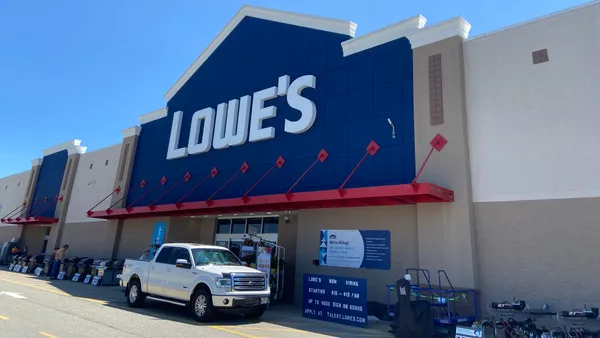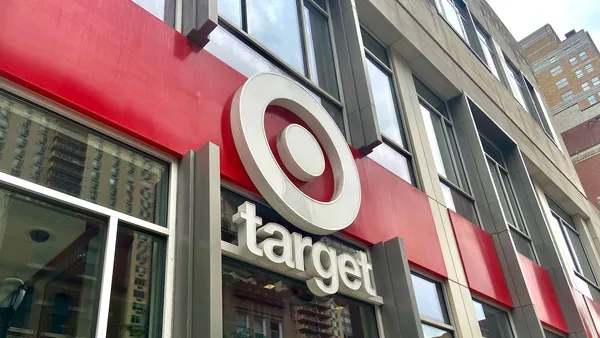Dive Brief:
-
Barnes & Noble reported Thursday that same-store sales fell 9.1% for the nine-week holiday period ending Dec. 31, 2016, with online sales rising approximately 2% in that time.
-
The bookstore chain said sales suffered from lower store traffic and a decline in demand for the once-hot coloring books for grownups that had helped spur sales of art supplies. Barnes & Noble also blamed the absence of new music from British singer-songwriter Adele: Her third studio album "25," issued in November 2015, become the largest-selling CD in the retailer’s history.
-
The demise of the adult coloring book trend and the lack of an Adele-caliber blockbuster music release together accounted for a third of Barnes & Noble's holiday sales decline, according to a press release.
Dive Insight:
Under former CEO Ronald Boire, who left the position in August after less than a year, Barnes & Noble staked much of its comeback on diversifying its offerings beyond books. That worked well last year when the coloring book craze fueled gift-giving: Same-store sales began to rise in January, and in March, the retailer reported sales increases of 12.5% across the categories Boire had bet on — toys, games, music and small home goods.
But there’s been nothing to replace those as the coloring trend fizzled. And it’s never good when your company is hobbled because one artist hasn’t released an album. Books did sell well, though, interim CEO Len Riggio said in a statement Thursday.
“Although books outperformed the company as a whole, we were not pleased with our results,” he said. “Fortunately, post-holiday traffic and sales have improved and we are optimistic for the remainder of the fiscal year, and we believe this most unusual retail season may be behind us.”
Riggio also told The Wall Street Journal Thursday that the company had expected store traffic to pick up after the election, but that never happened. (Earlier this week discount, department store Kohl’s similarly found traffic slower than expected after the November election.) Stores will have to do more to entice people in, Riggio added: “There will be less retail stores 20 years from now,” he told the Journal. “The question is which ones will survive and what will be the attributes that make customers come.”
Barnes & Noble is planning an elevated restaurant concept for four of its stores, another effort launched under Boire. That kind of differentiation of the shopping experience will ultimately serve many retailers better than leaning on e-commerce growth, which carries with it complicated and expensive logistics that hit margins, Nick Egelanian, president of retail development consultants SiteWorks International, told Retail Dive last year.
“I know that there are two parts of retail that cannot be duplicated on the internet: One is food and dining and the other is entertainment,” Egelanian said.
Despite the tepid holiday sales, “strong expense management” will allow Barnes & Noble to exceed last year’s operating profit. Based on the holiday results, the retailer now expects fiscal 2017 same-store sales to fall 6% (more than its previous estimation for a decline in “low single digits”) and consolidated earnings before interest, taxes, depreciation, and amortization to be $200 million. Fiscal 2017 retail EBITDA is now expected to land around $225 million, while the Nook e-reader unit's EBITDA loss is expected to be some $25 million, including previously announced transitional costs. Barnes & Noble, Inc. will report third quarter results on or about Mar. 2, 2017.












